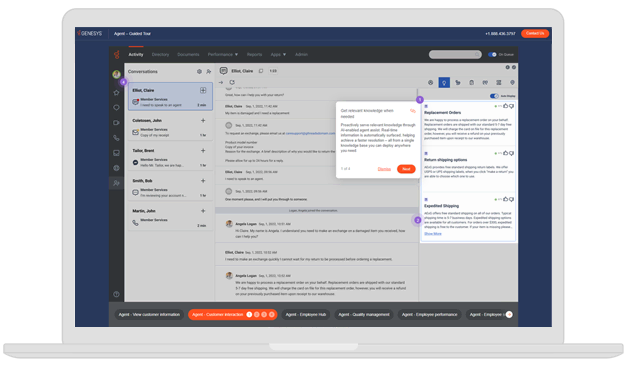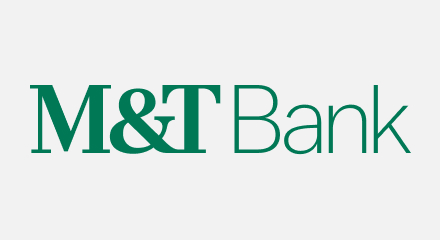Leveling up from a service economy approach to an experience economy methodology
Before transitioning to Genesys Cloud, the company’s product support engineers had to maneuver between its legacy on-premises systems, which led to inefficient workflows. Routing included manual interventions; workforce scheduling relied on spreadsheets; and support interactions were primarily limited to phone and email. This situation is all too common among organizations whose approach aligns with basic service economy methods that focus on efficiency with little consideration for customer or employee loyalty.
Where organizations, including the Genesys product support team, see outsized gains is in taking an approach aligned with succeeding in the experience economy — one that balances efficiency and loyalty. As the Genesys team focused more on providing personalized, empathic experiences that are also efficient in both automation and conversations, the experience improvements and loyalty gains increased significantly.
By leveling up from the Genesys Engage™ on-premises solution and the PureConnect® application to Genesys Cloud and harnessing its AI-Powered Experience Orchestration solutions, support operations have transitioned to an optimized, data-driven routing process. Routing time decreased by 34% and manually routed cases dropped by 84%.
“The biggest challenges for us were making sure we have the right people with the right skills in the right place at the right time and setting up the right routing,” said LoBosco. “After implementing Genesys Cloud, it’s almost instantaneous how we can connect customers with the right support engineer at their time of need.”
That change also improved supervisor productivity — enabling managers to focus more on coaching and developing team members and drive better experiences for customers. “It was no longer a focus that we had to do all this routing and planning manually. The system handles it for us,” added Angelo Arezzi, Senior Director of Support Services at Genesys.
This shift laid the foundation for a more intelligent, automated support experience — one that meets customers where they are while also empowering employees with the right tools to succeed.
“We now have the ability, at a moment’s notice, to make adjustments in the platform and orchestrate an optimal path for customers,” said Arezzi. “And having the workflows in one system means engineers don’t have to think about how to use and move through multiple systems; instead, they can focus on providing that world-class experience during customer interactions.”











